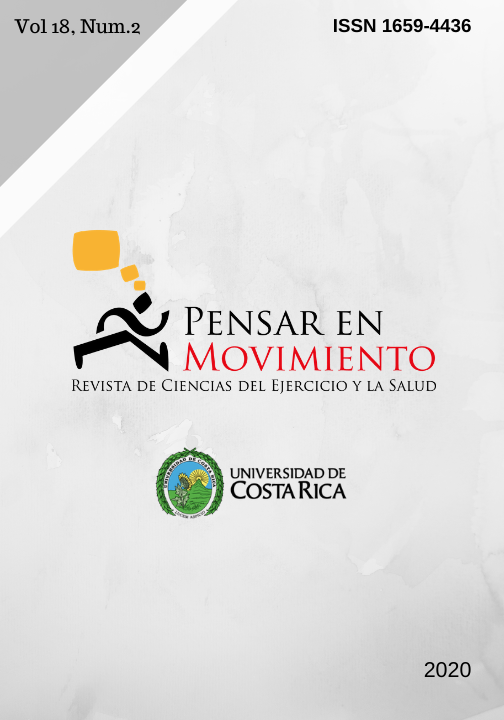Abstract
Resistance exercise is currently recommended as a non-pharmacological strategy to control and treat blood pressure, but further research is necessary concerning this topic. The purpose of this paper is to compare the effect of types of rest on the blood pressure of normotensive individuals while performing resistance exercise. Following a random methodological design with repeated measurements, nine men performed three experimental conditions on different days: a) Active Rest, b) Passive Rest, and c) Control Session. During the three sessions, blood pressure and heart rate measurements were taken pre-treatment, one-minute post-session, and every 10 minutes post-treatment for 120 minutes. Experimental sessions were preceded by anthropometric measurements, familiarization, and taking the 1RM test. The statistical analysis was conducted using two-way ANOVA with repeated measurements and Tukey post-hoc analysis. One of the main results indicated that, compared to the control session, blood pressure decreased significantly (p<0.05): 1) When performing resistance exercise with active and passive rest at 50, 100, 110 minutes post-exercise; 2) After executing resistance exercise with active rest at 20, 30, 70, 80,100, and 120 minutes; 3) After performing resistance exercise session with passive rest at 10, 40, and 120 minutes. With respect to pre-test levels, blood pressure decreased significantly (p<0.05) at 10, 20, 40, 50, 60, 100, and 120 minutes after performing resistance exercise with passive rest. In conclusion, compared with a control day, in the case of young normotensive males, the inclusion of both passive and active rest is functional for controlling blood pressure. In relation to the pre-test, passive rest promotes a hypotensive effect in the study population.







